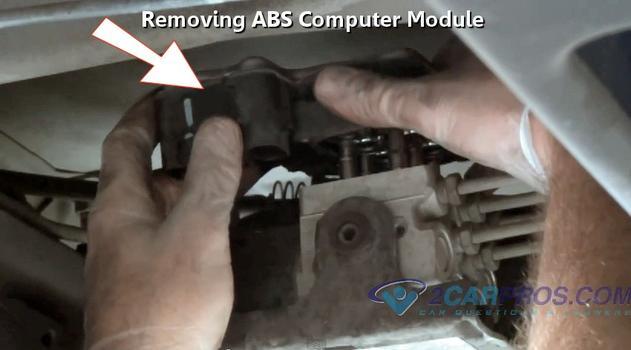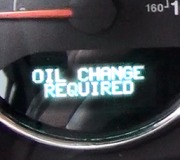This warrants an inspection at a tire and alignment shop. The most likely cause is not a safety concern, but there are other potential causes that can indeed lead to loss of control and a crash. Steering and suspension related noises and clunks must never be ignored.
A very common cause of a light clunking or thumping noise is a sticking upper front strut mount. One clue is it doesn't stick or clunk while moving because the bouncing allows it to pop free and turn. This mount has the entire weight of that corner of the vehicle being supported. It allows the coil spring to hold the vehicle up while allowing the steering system to rotate. Most of these upper mounts also incorporate a small ball bearing assembly. Dirt can get in there. They can develop rust, or they can just become tight.
To identify a binding upper mount, reach over the top of a front tire and wrap your fingertips lightly around part of the coil spring. Now have a helper slowly turn the steering wheel back and forth. That spring should rotate rather smoothly. If the upper mount is binding, you'll feel the spring wind up and build tension, then suddenly pop free and turn.
Upper mounts can be replaced individually, but at the mileage you listed, it is a far better value to replace the entire strut assembly. Replacing the upper mount requires removing the strut assembly, taking it apart, which does involve some danger if the spring pops out of the compressor, then reversing the procedure with the new mount installed. You'll pay more for the complete strut assembly, but labor time will be about one fifth as much, and you'll have new struts. You'll also get new coil springs with the new assemblies. Weak springs lower ride height which can lead to reduced tire wear, even when the alignment appears to be good. Weak springs have more to do with age than mileage. The age of your vehicle indicates new coil springs are likely not something to worry about yet, but replacing them can be justified.
The point is, if you do find a binding upper mount, consider new strut assemblies a good value at this time. A competent do-it-yourselfer can replace these, especially with my help, but that will require an alignment. Before you start, I can share some tricks to help you get the alignment close enough to allow the vehicle to be driven comfortably to the alignment shop. If you want to pursue that, I can post the instructions for you.
Another suspect is the lower ball joints. Total failure leading to a crash is not real common, but clunking or thumping noises leading up to that failure provide plenty of warning, as long as it isn't ignored for too long. Checking these ball joints requires raising the front tires off the ground while allowing the suspension to hang freely. That means the jack and jack stands must be placed under the cross member or vehicle's frame rail, not under the lower control arm. It's best to do this with two people, one to tug back and forth on the tire, and one to watch for movement in the ball joint. Noises and steering stiffness usually don't change due to changes in the direction you're turning the steering wheel. Binding upper strut mounts do often make turning the steering wheel more difficult in one direction.
Also consider a tight or binding universal joint in the steering shaft. Typically you'll hear and feel that regardless if the vehicle is moving or standing still. We also check for looseness and wear in the tie rod ends. Your description of the symptoms doesn't point to this, but they never get overlooked during an inspection.
The specialist will also "read" the tire wear patterns. Those provide clues as to incorrect alignment, and to worn parts to look for that can cause the wheels to be out of alignment.
Let me know what you find or how you'd like to proceed.
This first photo shows the entire front strut assembly with the new coil spring and upper mount. It's a relatively easy bolt-in installation. The second photo shows just the upper mount, two views. This part bolts to the inner fender. That's also the blue arrow in the first photo. If you open the hood, you can see the three bolts sticking up.
Everything from the red arrow down rotates as you turn the steering wheel. This upper mount and coil spring have the vehicle's weight on it, then the turning movement takes place between the red and blue arrows. That's where any binding or sticking will develop.
Images (Click to make bigger)
Tuesday, December 10th, 2024 AT 10:55 AM





